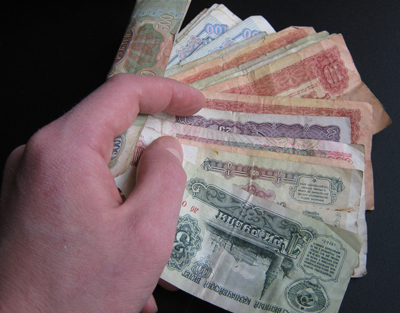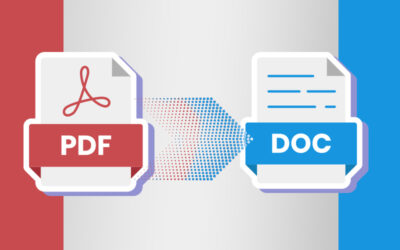 Digitizing manuscripts, rare books and other special collections artifacts has become the norm. Libraries and museums are embracing digitization as a means to improve accessibility to rare and unique works, allowing professional researchers to view, read and analyze documents for enhanced scholarly collaboration. Capturing primary source data, mobilizing it from its institutional context, and preserving it digitally speeds up research. Digital acquisition provides special collections libraries with a means for preserving objects and for diffusing them to new and larger audiences. Here are some recent instances of rare document digitization.
Digitizing manuscripts, rare books and other special collections artifacts has become the norm. Libraries and museums are embracing digitization as a means to improve accessibility to rare and unique works, allowing professional researchers to view, read and analyze documents for enhanced scholarly collaboration. Capturing primary source data, mobilizing it from its institutional context, and preserving it digitally speeds up research. Digital acquisition provides special collections libraries with a means for preserving objects and for diffusing them to new and larger audiences. Here are some recent instances of rare document digitization.
New Library Digitization Projects
The Chicago Tribune recently reported that the Oak Park Public Library in Illinois has been awarded a state grant for digitizing the writings and photos of Ernest Hemingway. The project, which also covers digitization of materials from the Historical Society of Oak Park and River Forest, is expected to be completed by early 2016.
The library will also team up with Oak Park Elementary School District 97 to provide students and teachers from Brooks Middle School with access to never-before-digitized Hemingway artifacts. This participatory, digital initiative will make students and teachers digital creators who will use the rare items in project-based digital learning lessons that provide a unique view of Hemingway, his local ties and his literary contributions.
The Tennessee State Library and Archives is also in news for the digitization of historical maps. The process involves scanning and conversion of historical maps to digital format with the help of special scanners and advanced tools. Once the project is complete, the historical maps of Tennessee will be available online to a wide public audience.
American History Museum Artifacts Readying for Public Access
According to a recent report, the American History Museum is on its way to making a collection of rarely seen historic currency proofs accessible to the public. The Smithsonian’s National Museum of American History houses the National Numismatic Collection along with other legal tender such as bank notes, tax stamps and war bonds. Now, these 250,000 pieces of paper are set to become the Institution’s first full-production “rapid capture” digitization project. The speed and cost of the workflow is quite amazing – 3,500 sheets a day, at less than $1 per sheet.
Advantages of Digitizing Historic Artifacts
- Electronically enhanced images can be viewed with greater clarity
- Lessens the manual handling of fragile manuscripts
- Makes the material broadly accessible to a large community
- Preserves artifacts for future generations
- Saves storage space
- Enhances the visibility of heritage among a global audience
- Allows scholarly collaboration
In most cases, libraries, museums and other institutions rely on professional document conversion companies to complete their digitization projects efficiently and cost-effectively. Leveraging economies of scale and using advanced technology and skilled resources, established service providers help their clients meet their goals quickly and effectively.



